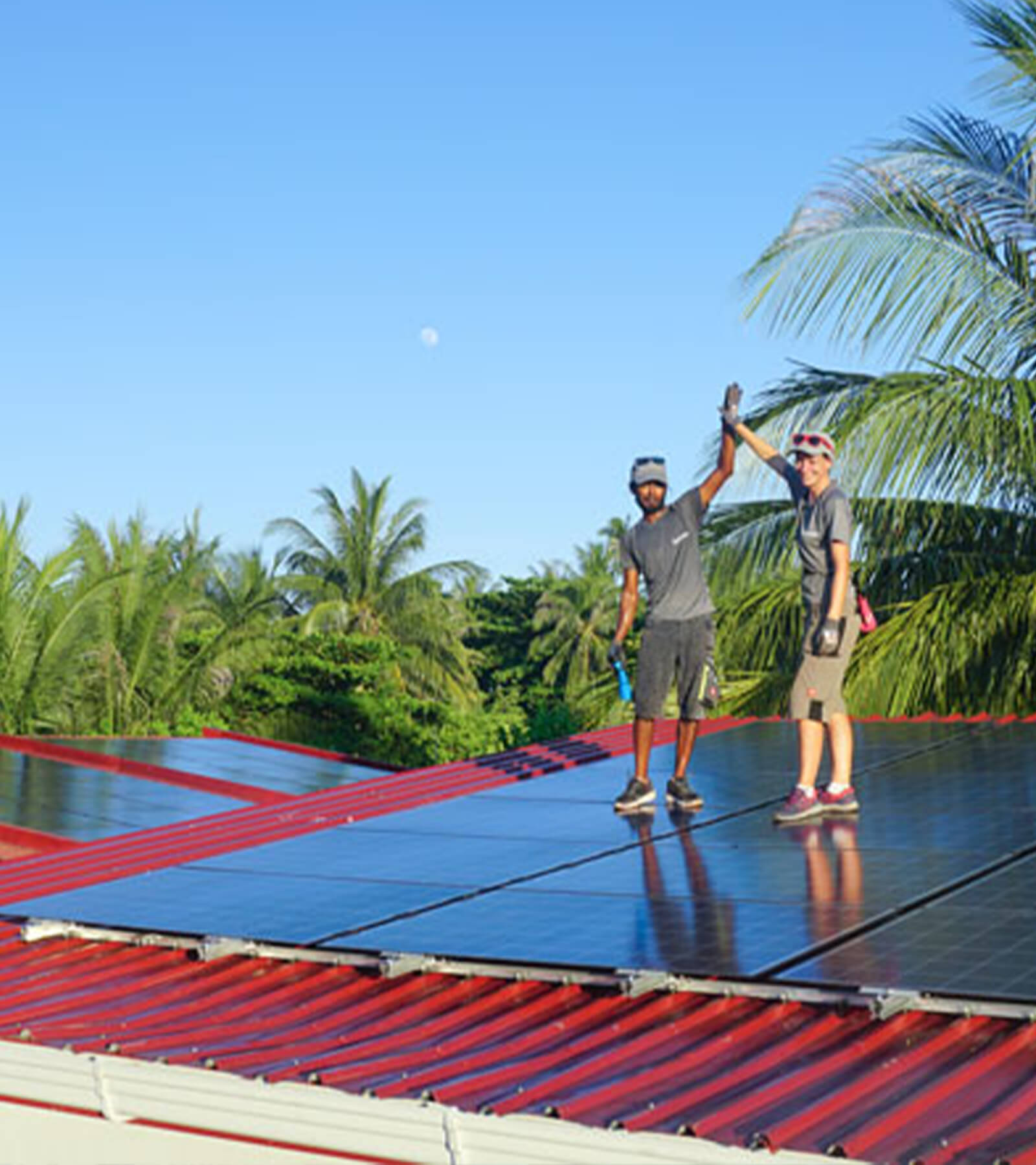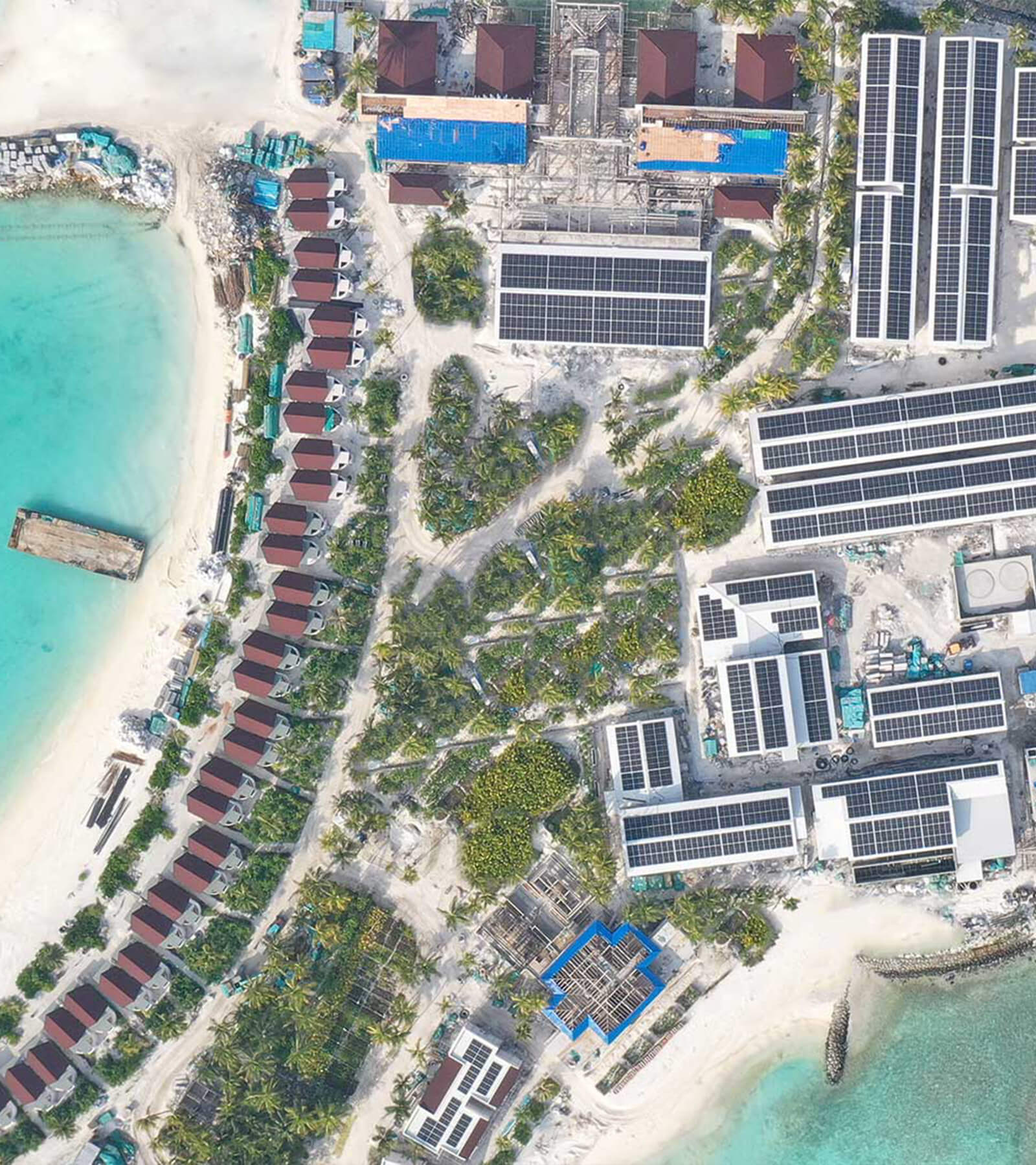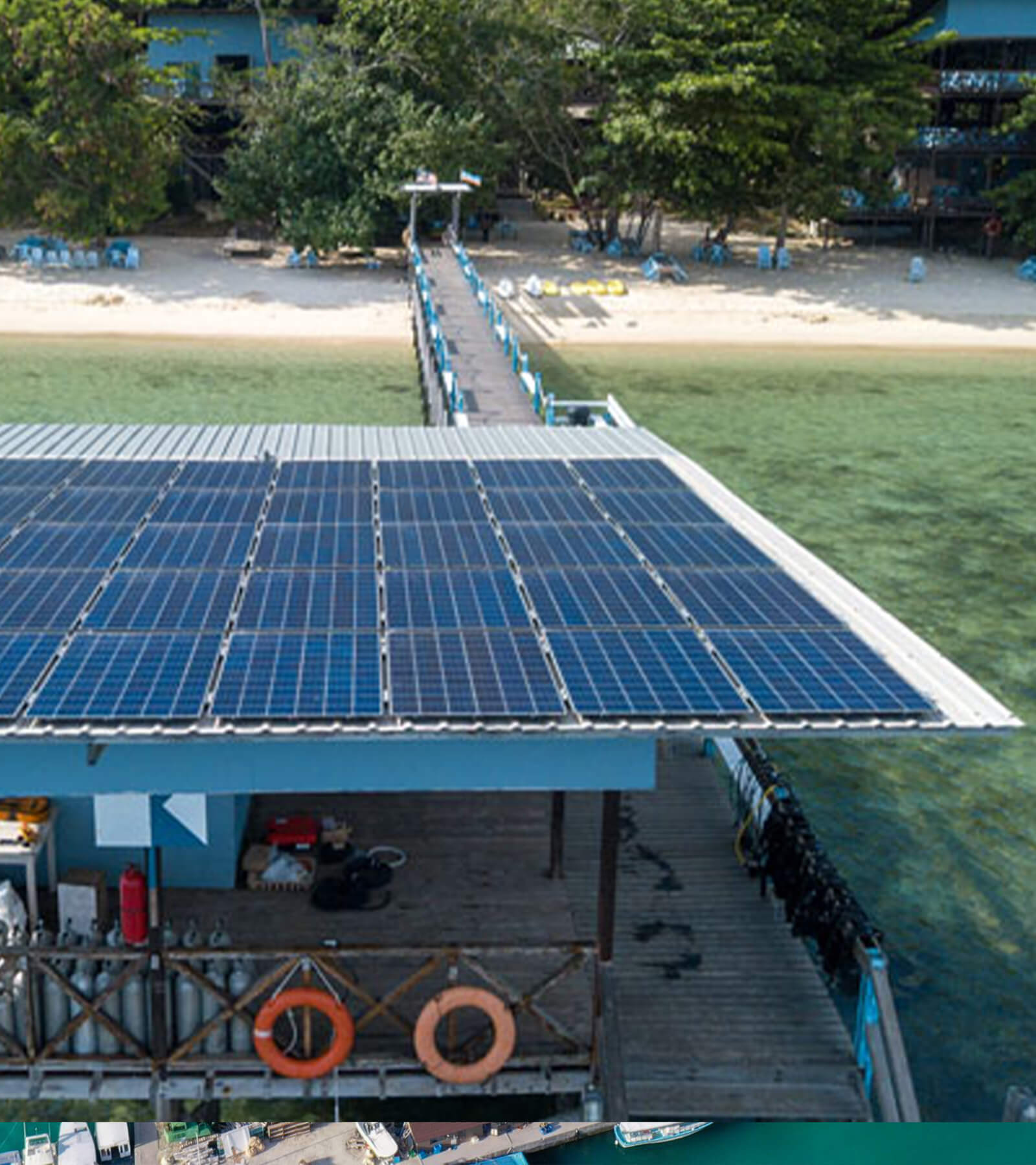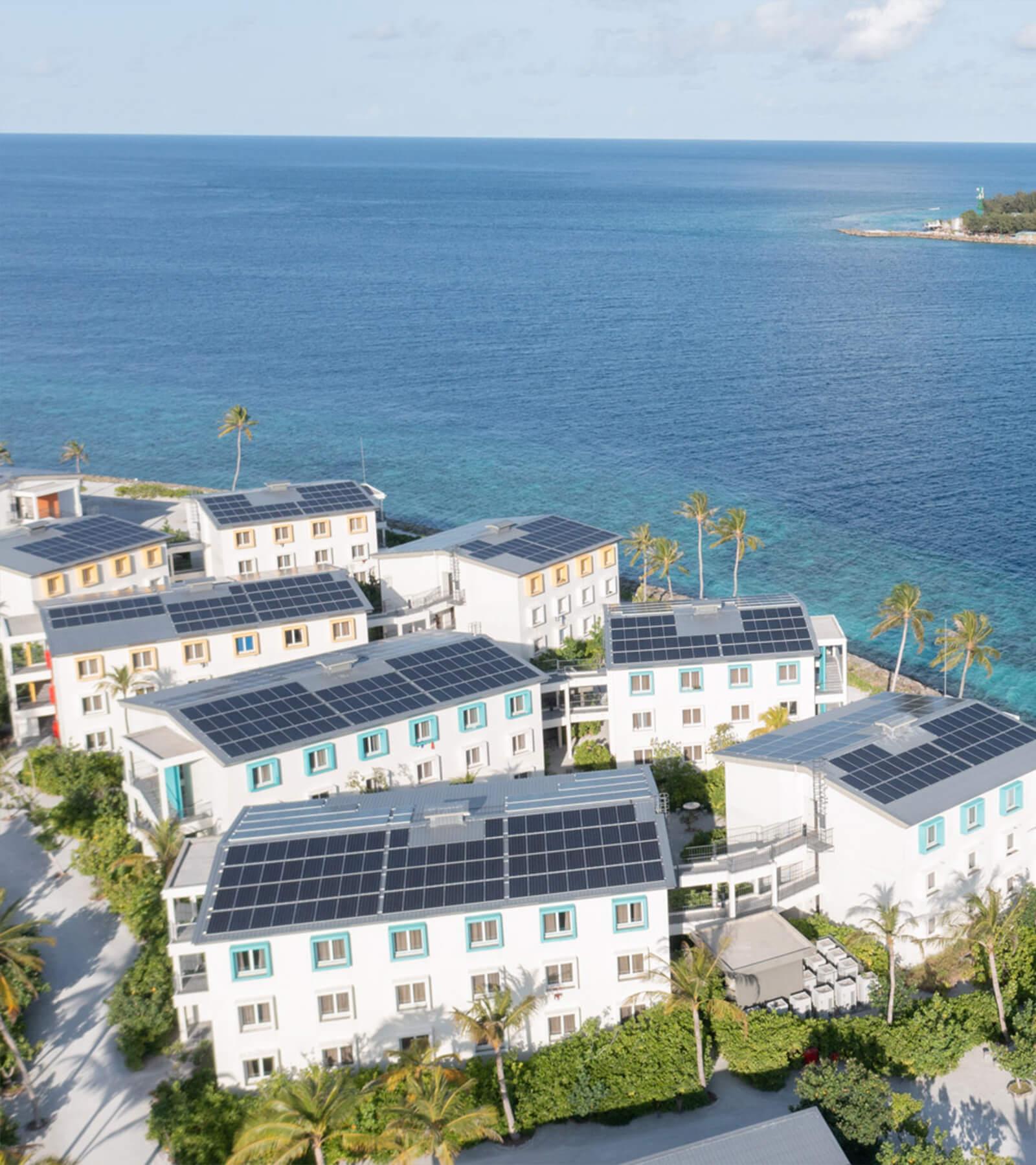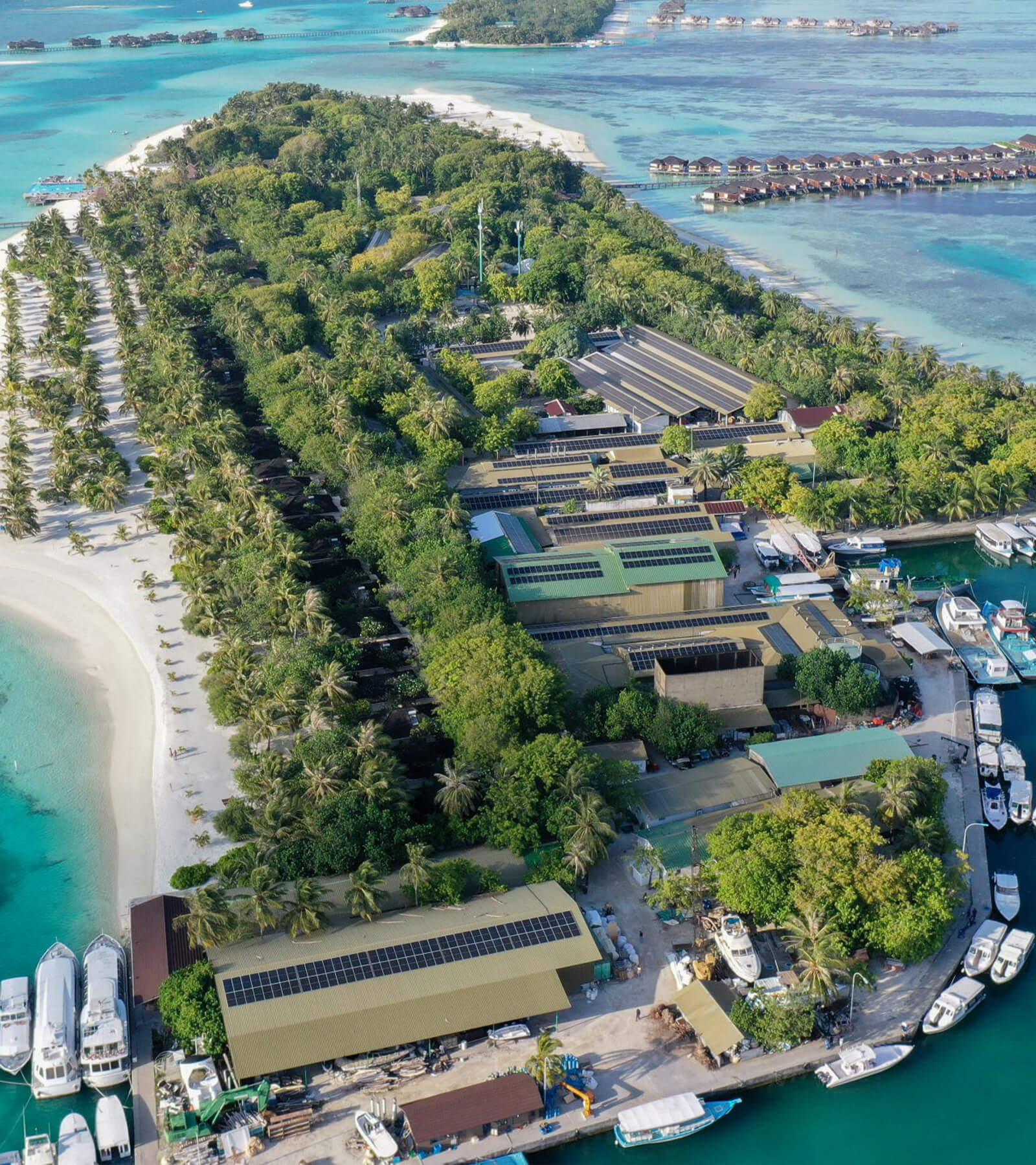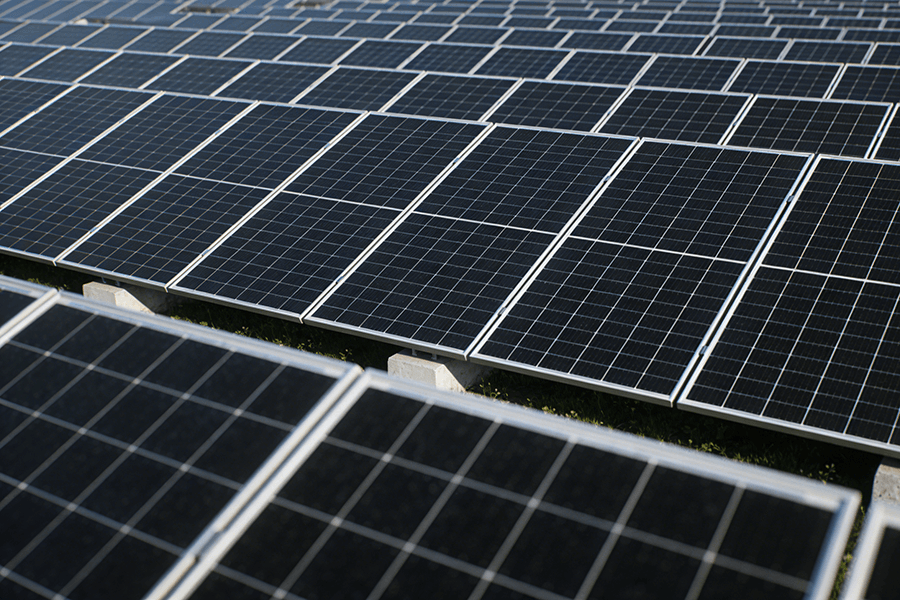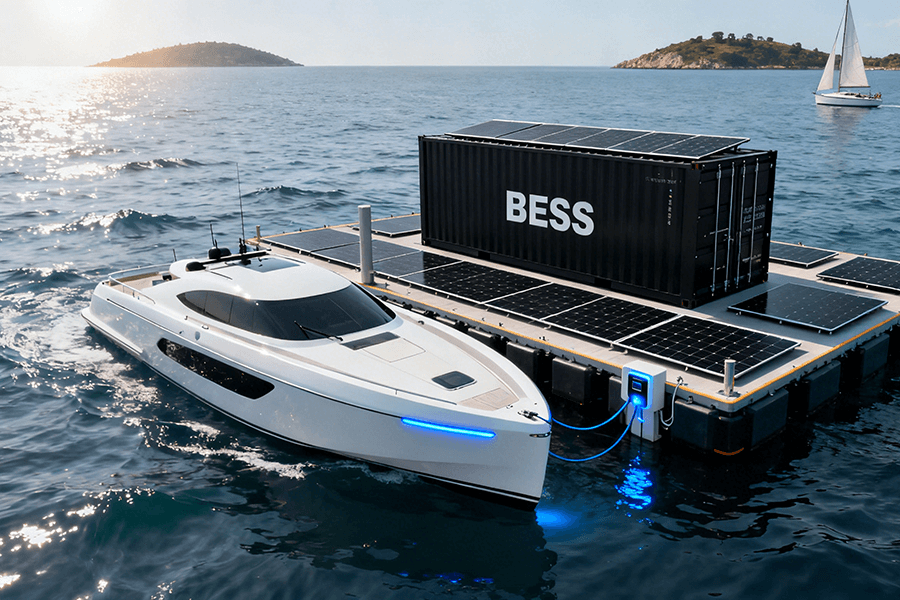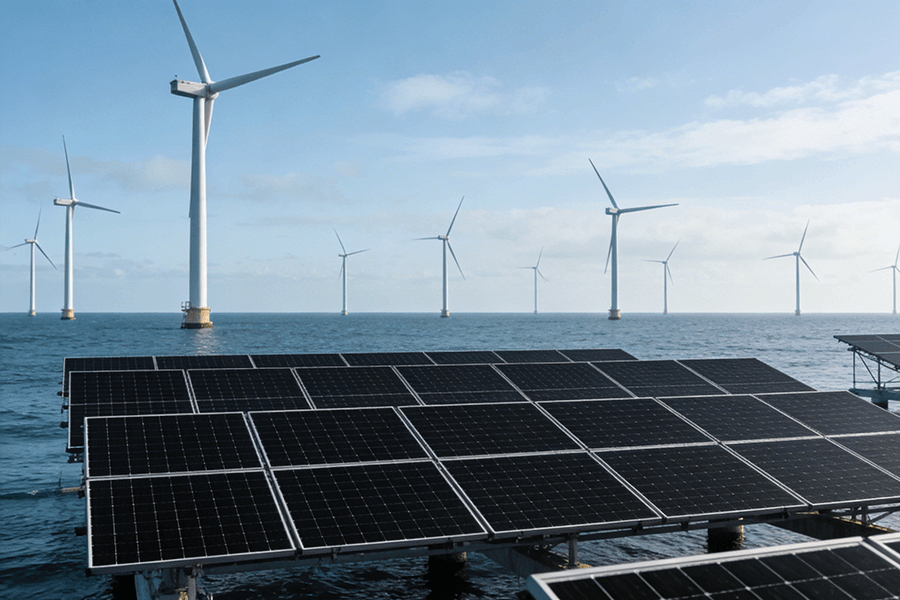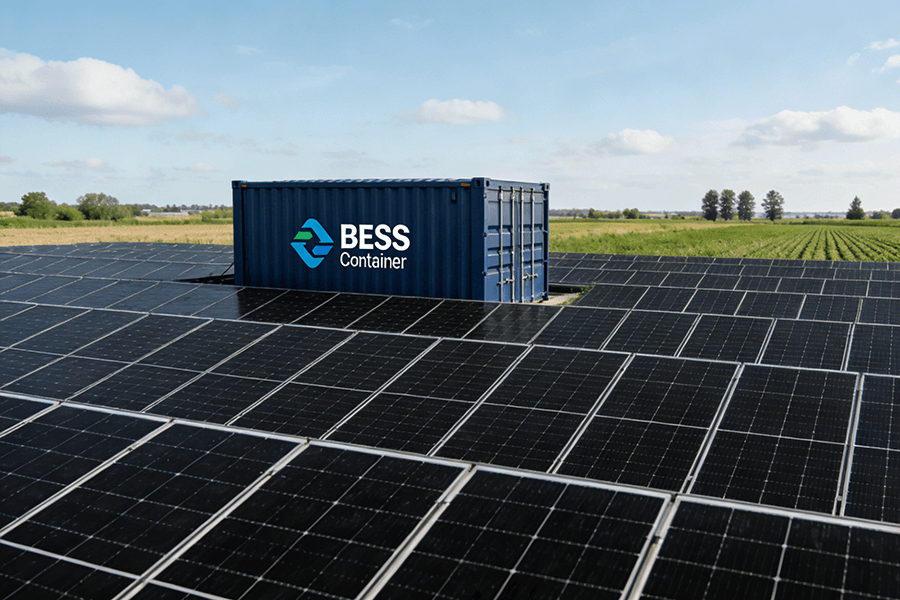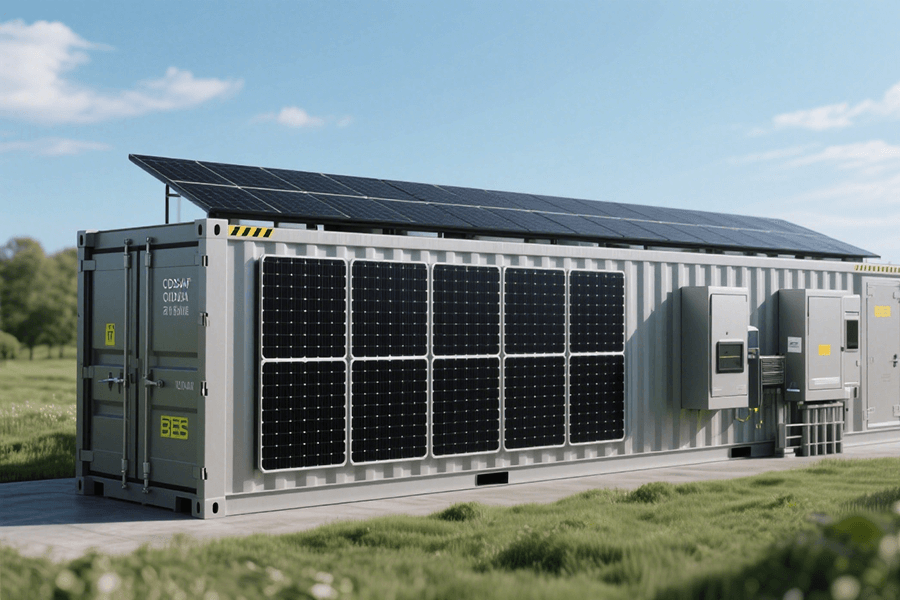
In the rapidly evolving landscape of renewable energy, the European Union (EU) has unveiled a game-changing initiative that is sending shockwaves through the industry. Enter the Clean Industry Deal State Aid Framework (CIDSAF): a staggering €500 million funding pool specifically earmarked for Battery Energy Storage System (BESS) container projects.
This isn’t just another funding scheme; it’s a carefully structured opportunity designed to accelerate the transition to a sustainable energy future. Think of it as a high-stakes, green-themed lottery—where the odds of winning are significantly stacked in favor of projects that adhere to strict compliance standards and innovative practices.
The CIDSAF initiative represents a major step forward in the EU’s commitment to decarbonization, offering substantial financial incentives to companies and organizations that are at the forefront of developing cutting-edge BESS container solutions. With this massive injection of capital, the EU aims to drive innovation, create jobs, and solidify its position as a global leader in clean energy technologies.
Introduction: The EU’s Green Gold Rush
CIDSAF isn’t just another piece of EU policy jargon; it’s a pivotal framework designed to propel the circular economy forward. At its core lies a significant focus on Battery Energy Storage System (BESS) container projects, which are set to become the linchpin of renewable energy storage solutions.
To unlock the substantial CAPEX (Capital Expenditure) and OPEX (Operational Expenditure) subsidies offered under CIDSAF, projects must adhere to strict circularity criteria. One of the key requirements is the utilization of highly recyclable Lithium-Iron-Phosphate (LFP) batteries, with a target recyclability rate of 95%. These aren’t merely symbolic “green” elements; they represent a crucial pathway to securing funding for BESS container initiatives.
In essence, aligning with CIDSAF’s circularity standards isn’t just an environmental choice—it’s a strategic business decision that can open the door to significant financial support and position projects at the forefront of the EU’s renewable energy storage revolution.
Core Analysis 1: Eligibility Criteria and Grant Stacking Strategies
Eligibility Criteria: The Gatekeepers
Securing a portion of the €500 million in industrial storage grants requires projects to meet stringent eligibility requirements. These criteria act as gatekeepers, determining which projects will receive funding and which will be left behind. Below are the key hurdles that applicants must clear:
- 30% Local Content Requirement: A minimum of 30% of all BESS components must be sourced from within the European Union. This requirement is designed to support the local economy and create jobs across the EU. By mandating a local content threshold, the EU aims to foster a self-sufficient and sustainable energy storage industry within its borders. Failing to meet this benchmark will result in an immediate rejection of the application.
- Grid-Forming Inverter Certification: BESS systems must be equipped with EU-certified grid-forming inverters. These inverters play a crucial role in ensuring that the energy storage system can seamlessly integrate with the electrical grid. Without the proper certification, projects will not be eligible for funding. This requirement is non-negotiable, as it ensures the safety, reliability, and compatibility of all funded BESS projects.
Grant Stacking: Double Your Dollars
One of the most attractive features of the CIDSAF grant program is the opportunity for grant stacking. Instead of settling for a single source of funding, applicants can combine CIDSAF grants with other national schemes, effectively doubling their available budget. Here’s how it works:
- CIDSAF + National Schemes: Many EU member states offer their own clean energy funding initiatives that can be combined with CIDSAF grants. For instance, Spain’s €700 million clean energy fund provides an excellent opportunity for BESS projects to secure additional financing. By leveraging both funding sources, a Spanish BESS project could transform a modest budget into a game-changing investment. This strategy not only increases the chances of project success but also maximizes the impact of each euro spent.
| Country | National Clean Energy Fund | Potential Combined Grant |
|---|---|---|
| Spain | €700 million | Up to €1.2 million |
| Germany | €X million | Up to €(X + CIDSAF) |
| France | €Y million | Up to €(Y + CIDSAF) |
This table illustrates the potential for combining CIDSAF grants with national funding in select EU countries. While the exact amounts vary by country, the opportunity for significant additional financing is clear. By taking advantage of grant stacking, BESS projects can access the resources they need to drive innovation, increase capacity, and accelerate the transition to a sustainable energy future.
Core Analysis 2: Technical Compliance and ROI Projections
Technical Compliance: The Fine Print That Matters
In the high-stakes world of Battery Energy Storage Systems (BESS), overlooking technical compliance is a recipe for disaster. Key regulatory and safety standards serve as the cornerstone for a reliable, secure, and legally compliant BESS container. Here are the critical certifications and ratings that cannot be compromised:
UN38.3 Certification
This globally recognized standard is not just a checkbox—it’s a non-negotiable requirement for transporting lithium-ion batteries, which are commonly used in BESS. The UN38.3 certification rigorously tests batteries through a series of trials, including vibration, shock, thermal cycling, and external short circuit tests. By ensuring that batteries can withstand the rigors of transportation, this certification prevents catastrophic events like thermal runaway, making it the equivalent of a safety passport for your BESS equipment.
IP67-Rated Enclosures
For BESS units deployed in outdoor environments, an IP67 rating is essential. This international protection marking (Ingress Protection) has two components:
- First digit (6): Signifies complete protection against dust ingress, ensuring that no particles can enter the enclosure and damage internal components.
- Second digit (7): Indicates the system can withstand temporary immersion in water (up to 1 meter for 30 minutes). This level of protection allows BESS containers to operate seamlessly in adverse weather conditions, from heavy rain to snow, effectively acting as a suit of armor for your investment.
ROI Projections: The Numbers Don’t Lie
Investing in a 10 MWh CIDSAF-compliant BESS container isn’t just an environmentally conscious decision—it’s a financially astute one. Let’s break down the key financial metrics that illustrate the strong return on investment (ROI) potential:
| Parameter | Details |
|---|---|
| Initial Investment | €5 million |
| Annual Revenue (Energy Arbitrage) | €1.2 million*Capitalizes on price differences between peak and off-peak hours |
| Annual Revenue (Grid-Support Services) | €0.3 million*Includes revenue from frequency regulation and reserve capacity |
| Annual Operating Costs | €0.2 millionCovers maintenance, monitoring, and minor repairs |
| Net Annual Cash Flow | €1.3 million |
| Payback Period | 4.2 years |
These figures reveal a compelling business case: with a payback period of under 5 years, a CIDSAF-compliant BESS container not only contributes to a sustainable energy future but also offers substantial financial returns, making it a golden opportunity in the renewable energy sector.
Conclusion: Grant Application Checklist
To secure EU funding for your BESS project, mastering these key requirements is essential—they’re the cornerstone of a successful application:
Lifecycle Carbon Footprint Reports
- Scope: Document greenhouse gas emissions from raw material extraction, manufacturing, transportation, operation, to end-of-life battery disposal. The EU mandates a comprehensive assessment to ensure projects align with its climate neutrality goals.
- Best Practices:
-
- Use recognized tools like the Product Environmental Footprint (PEF) methodology
-
- Include third-party verification for credibility
-
- Provide year-by-year projections during the operational phase
Supply Chain Transparency Documentation
- Key Criteria: Demonstrate that 30% of components are sourced locally within the EU. This involves:
-
- Audit Trails: Provide detailed reports from independent auditors
-
- Supplier Contracts: Include signed agreements specifying origin and percentage of local content
-
- Traceability Systems: Highlight any blockchain or digital solutions used to track components
Why Choose Maxbo Solar?
Our CIDSAF-compliant BESS containers are engineered to meet every EU requirement:
| Feature | Compliance Highlights |
|---|---|
| Lithium Iron Phosphate (LFP) Batteries | Lower fire risk, longer lifespan, EU-preferred chemistry |
| Inverters | CE-certified, ensuring grid compatibility |
| Enclosures | IP67-rated for dust-tight and water-resistant operation |
We offer end-to-end support, including:
- Grant Stacking: Identifying and combining multiple funding streams
- ROI Analysis: Custom financial models to optimize your investment returns
Time is of the Essence
With €500 million in funding up for grabs, the window of opportunity won’t stay open forever. EU regulations are evolving rapidly, and competitors are already positioning themselves.
Take Action Now:
Visit www.maxbo-solar.com to explore our solutions, schedule a consultation, and start your journey towards a sustainable future.
P.S. The race for EU green funding is on. Don’t let your competitors get ahead.

